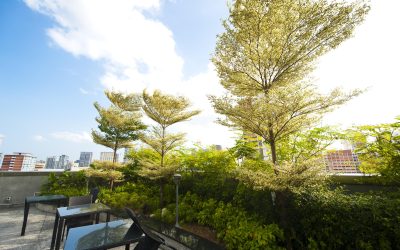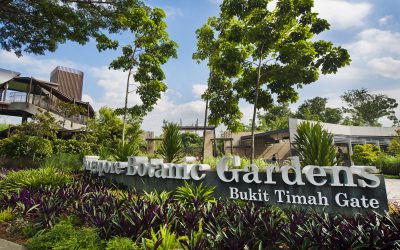Site planning is a dynamic and multidisciplinary process that forms the foundation for creating functional, aesthetically pleasing, and sustainable spaces. Whether it’s a residential development, commercial complex, or public infrastructure project, thoughtful site planning is essential for optimizing land use, enhancing user experience, and minimizing environmental impact. In this blog post, we will explore the significance of site planning, its key components, and the principles that guide the creation of successful and harmonious spaces.

The Significance of Site Planning
- Efficient Land Use: Effective site planning ensures the optimal utilization of land resources. By carefully considering factors such as topography, infrastructure, and zoning regulations, planners can maximize the functional potential of a site while minimizing land wastage. Efficient land use also promotes compact development, reduces urban sprawl, and preserves open spaces.
- User Experience and Functionality: Site planning plays a vital role in creating spaces that are both functional and enjoyable for their intended users. It involves analyzing user needs, considering accessibility requirements, and designing layouts that facilitate efficient circulation, appropriate zoning, and intuitive navigation. Well-designed spaces enhance usability, promote social interaction, and contribute to the overall well-being of individuals and communities.
- Environmental Sustainability: Site planning integrates environmental considerations into the design process, aiming to minimize environmental impact and enhance sustainability. By assessing factors such as site ecology, energy efficiency, water management, and green infrastructure, planners can mitigate environmental risks, preserve natural resources, and promote ecological balance. Sustainable site planning contributes to mitigating climate change, enhancing biodiversity, and creating resilient communities.
Key Components of Site Planning
- Site Analysis: A comprehensive site analysis forms the basis of effective site planning. It involves evaluating the site’s physical characteristics, including topography, soil quality, vegetation, and natural features. Additionally, social, cultural, and economic aspects of the surrounding context are considered to understand how the site can integrate with and benefit its surroundings.
- Programming: Programming involves determining the specific requirements and functions that the site should accommodate. This includes identifying the desired land uses, such as residential, commercial, or recreational, and defining the spatial needs, infrastructure requirements, and amenities necessary to support those uses.
- Design and Layout: The design and layout phase involves translating the site analysis and programming into a cohesive plan. It encompasses decisions regarding building placement, circulation patterns, open space allocation, landscaping, and architectural design. Attention is given to creating aesthetically pleasing spaces while ensuring functionality, accessibility, and environmental considerations.
Principles of Successful Site Planning
- Contextual Integration: Successful site planning involves harmonizing the new development with its surrounding context. This includes considering the site’s relationship with neighboring buildings, natural features, and cultural heritage. By respecting and responding to the existing character and context, site planning can contribute to the overall visual and spatial harmony of the area.
- Sustainability: Sustainable site planning seeks to minimize environmental impact and enhance resource efficiency. It incorporates green design practices, promotes energy-efficient buildings, encourages alternative transportation options, and integrates sustainable landscaping techniques. The aim is to reduce carbon emissions, preserve natural resources, and create spaces that support a sustainable lifestyle.
- Flexibility and Adaptability: Site planning should allow for flexibility and adaptability to accommodate future changes and evolving needs. By incorporating adaptable design elements, multi-functional spaces, and future expansion possibilities, site planners can ensure the longevity and resilience of the development. This approach minimizes the need for extensive renovations or redevelopment in the future.
Conclusion
Site planning serves as a blueprint for creating spaces that are functional, sustainable, and aesthetically pleasing. By integrating site analysis, programming, and thoughtful design, planners can optimize land use, enhance user experience, and mitigate environmental impact. Successful site planning is rooted in contextual integration, sustainability, and flexibility, ensuring that the spaces we create today will continue to meet the needs of future generations. By embracing the power of site planning, we can shape our built environment in a way that contributes to a better, more sustainable tomorrow.




0 Comments